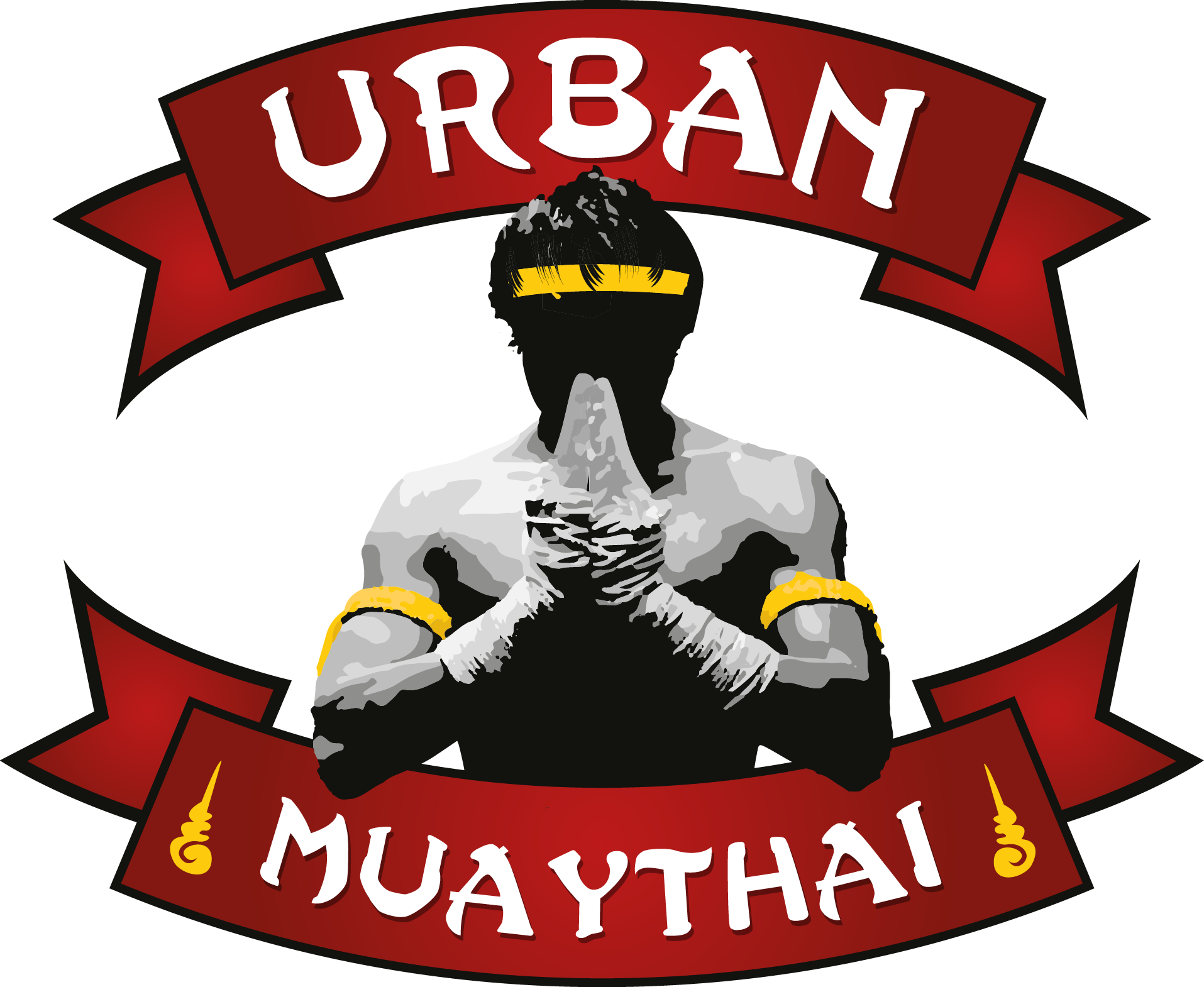
Unleashing Confidence & Courage with Urban Muay Thai
The Inspiring Journey of Jydon and Hudson

A fact sheet from Sports Medicine Australia
Plantar Fasciitis (or fasciopathy) is a condition of pain and tissue damage at the attachment of the plantar fascia to the underside of the calcaneus (heel bone).
Download the Plantar Fasciitis fact sheet
The plantar fascia is a band of connective tissue that runs along the sole from the heel to the ball of the foot. One of its main roles is to keep the bones and joints in position and enables us to push off from the ground. Bruising or overstretching this ligament can cause inflammation and heel pain. In many cases, plantar fasciitis is associated with a heel spur. Surprisingly, the spur itself does not cause pain, and may often be found in the other foot without symptoms.

Pain is usually felt on the underside of the heel, and is often most intense with the first steps of the day or after rest. It is commonly associated with long periods of weight bearing or sudden changes in weight bearing or activity.
You may experience:
Initial treatment includes gentle stretching of the Achilles tendon and plantar fascia, weight loss, taping, arch support and heel lifts. Difficult cases may be referred for physiotherapy. Physiotherapy includes myofascial release and scar tissue breakdown of the plantar fascia, and supervised stretching. A strengthening program for the calf muscles and small muscles of the foot is important. Be aware that this may increase soreness initially, but persistence should be rewarding.
Care should be taken to wear supportive and stable shoes. Patients should avoid open-back shoes, sandals, ‘flip-flops’, and any shoes without raised heels. A podiatrist can assist with plantar fasciitis and other foot and lower limb problems.
For most people, the condition improves spontaneously within a year. Treatments that may help control symptoms include:
Aims of rehabilitation
Reducing pain and inflammation
Return to play
Sports Medicine Australia wishes to thank the sports medicine practitioners and SMA state branches who provided expert feedback in the development of this fact sheet.
The information above is general in nature and is only intended to provide a summary of the subject matter covered. It is not a substitute for medical advice and you should always consult a trained professional practising in the area of sports medicine in relation to any injury. You use or rely on the information above at your own risk and no party involved in the production of this resource accepts any responsibility for the information contained within it or your use of that information.
Share:

The Inspiring Journey of Jydon and Hudson

On May 22nd 2021 Urban Muaythai’s very own Josh King fought for the WMO Amateur Australian Champion title and Won!!! Pictured below with his father- Jayson King (You may recognise

It’s time to create a new routine – to Stay Fit & Healthy Covid-19 has thrown a spanner in the works for a lot of people, so know that you’re

What is the Immune System The immune system is in place to stop invading pathogens (virus or bacteria) entering our body. There are 3 levels of defence. The outer layer
Keep up to date with news & specials here
2172 Gold Coast Highway
Miami, Gold Coast QLD 4220

Do you have any suggestions or feedback about our services at Urban Muaythai?
If you'd like a reply or call back, add your contact details into the form below